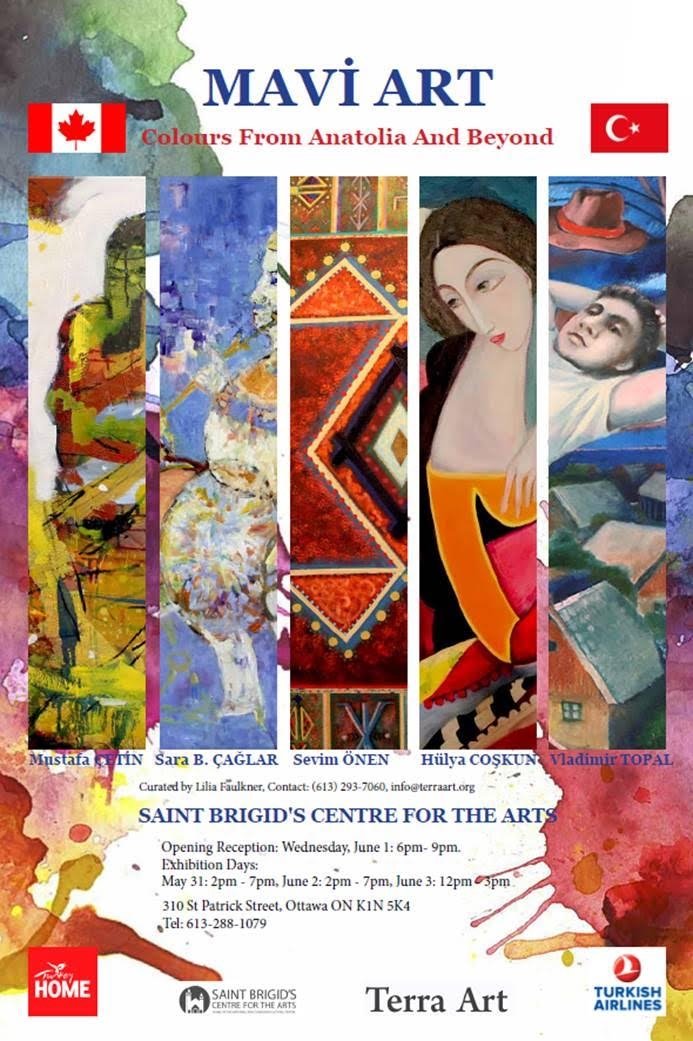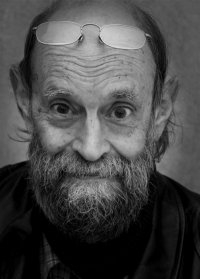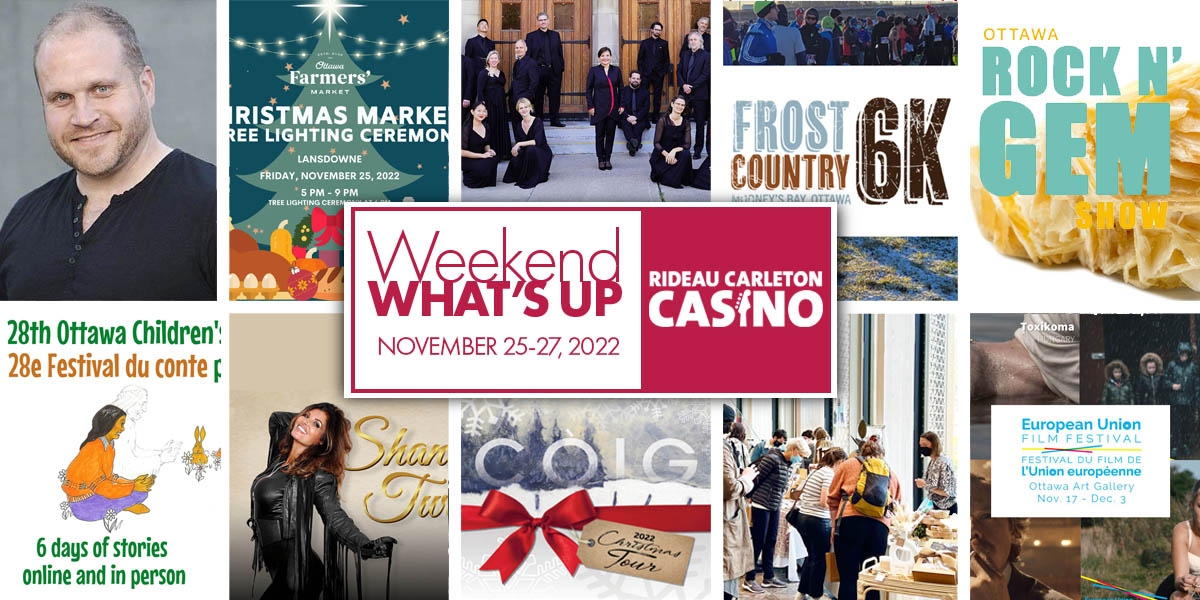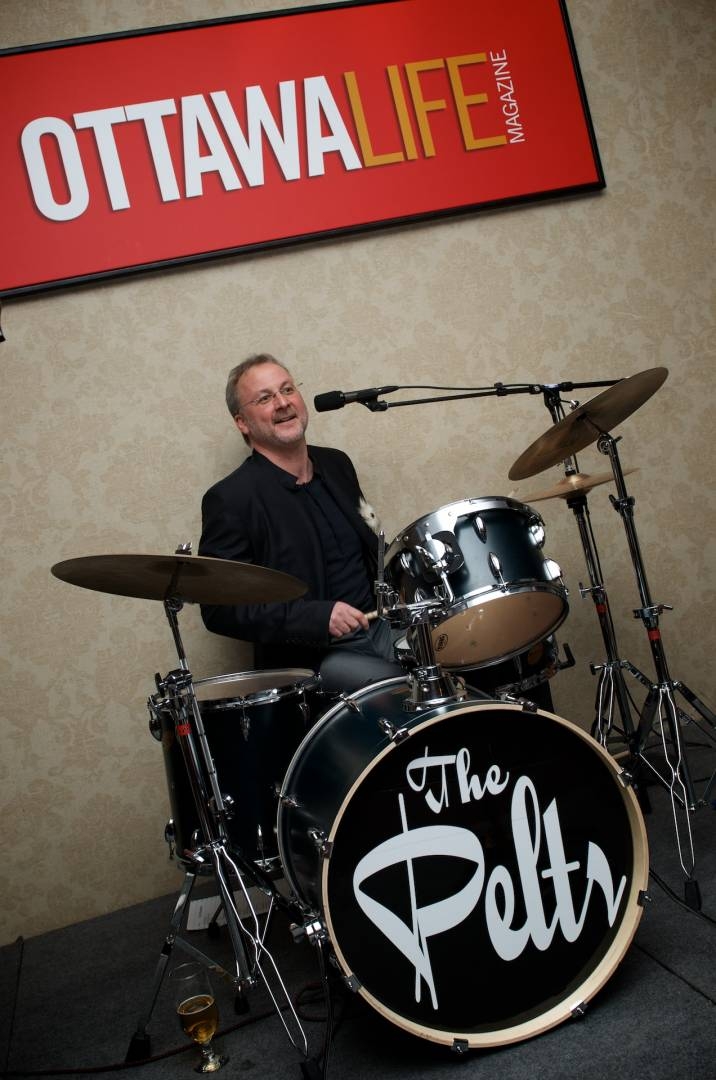
From Urban Architecture to Ancient Divination – An Interview with Artist Rasah Subtler
Rasah Subtler – or Sarah Butler, depending on how you look at it! – is a Canadian artist who finds inspiration from architecture across major cities like Detroit, Paris and New York. Her conceptual art is balanced, calming, and mysterious, as she draws from both ancient philosophy and contemporary urban design.
Today, Sarah lives in New York, but recently came back to Ottawa to exhibit her #moonscrolls.
Below, Nickie Shobeiry talks to Sarah about her work.
In what way does your love of design & architecture play into your work?
This is an interesting question. And one I ask myself every day. I don’t know. Throughout my studies at Parsons and Concordia I found myself reading what I now see as the more obscure theoretical thinking. I’m curious about the interplay between binaries, or parts of a whole—like inside and outside. The language of interior design and architecture is very captivating. The way that space means, how a simple surface can have very powerful result on our most complex psyche.
What attracted you to Detroit, Paris and Toronto specifically?
I’m much less well-travelled than I would like. More of an armchair artist. I grew up near Detroit, on the Canada side in Leamington Ontario. The skyline of Detroit; its concert venues, museums and malls as well as early experiences at the border, these are all concretized in my imagination as foundational, essential urban experiences. My postmodern OZ. I moved from Leamington to Paris for a year when I was 17. In high school I was obsessed with Impressionism. It’s a little weird but you know that movie about Van Gogh, with Kirk Douglas? I so identified! Lust for Life, haha! I felt my entire life made sense within that film. The contrasts, between my Detroit and Paris, formative shocks to the system. I lived in Toronto through my twenties.
Who have been some of your biggest artistic influences?
Aycock, Darboven, Lefebvre, Ono, Rilke, Sontag.
Tell me more about your experimental auto-ethnographic writings from 2007. How did you pick which stories to share, and which cultural/political/social issues to explore?
Letters from Nowhere started as a project about accumulation, and the contradiction, the tensions between constraint and freedom, embodiment and thought. Performative writing, Wittgenstein and this problem of translating ourselves into an always already failing system, language.
Looking back I see it’s also a grappling with this wild the wild absurdity of our reality, in the height of bureaucratic democracy, where quantification proposes to rationalize even unconscious impulse, intuition. Of course this is a redundant impossibility itself. Recognizing this jump between an idea and the page, even between you and me, this necessary distance is maybe what underlies most of human creativity. We keep trying!
In our own time there’s something more menacing here, in this pretension toward tracking capacity. The series uses this industrial logic of qualitative quantification to explore really very mundane scenarios. A quiet but unequivocal resistance to being summed up. To show once again, some things are beyond representation. Like I tried to capture my internal dialog while visiting popular food chains; I complained about health care, I let loose some really bad poetry! Ultimately it all stacks up to a meaningless pile of dust, a dumb tombstone!
And I keep coming back to this because it is a useful means of starting. Clocking in, clocking out, the inevitability of autobiography and the necessity of beginning somewhere.
What inspired these two works (below)?
This was a result of questioning the role of design and architecture in my work. I’d been in my current studio already one year, and I wanted to be intimate with it. I wondered if I could really come to know the space. The red tape indicates level. Those silver panels are prints, oil rubbings of the floor. I see this as a single work, including the red tape.
I’ve been working on 11 x 17 vellum graph paper for a long time. Here the square on the left is drawn with my left hand, the square on the right, my right. I’m interested in the comparison between left and right, kind of drawing them together. When this drawing was finished I realized it could be read as either/or, the first and second I Ching hexagrams—all yin or all yang—heaven and earth.
What was your creation process & inspiration behind the #moonscrolls you exhibited in Ottawa?
My #moonscrolls are corner drawings drawn in time with the moon’s phases. They’re done with both hands, working out from the center. I draw two large spheres with the new moon, the works are “finished” by the time of the full moon.
I think the process came together initially in residency at Banff. I’d just finished my first real solo show and here I am in Alberta where I’d proposed to continue Letters from Nowhere, exploring scale. I spent a lot of time walking the Hoodoos trail which is really just sublime, there’s no other word. And of course I had this gorgeous studio for the first time, where I could really stretch out. After two or three weeks experimenting with tiling, printmaking, I started the corner drawings at 4 x 8 feet, diptychs, writing the Ashtanga prayer like this, out from center.

What do you write in the scrolls? How do you prepare to write?
Sometimes I think of them as prayer walls, or weeping walls, although I don’t know enough about those cultures of origin to say that with any real confidence! Language in the scrolls is positive, tends to be repetitive, and is intended to reflect my time. By that last bit I mean I am thinking on what makes our current moment. People have forever named the full moon according to natural cycles. This spring I had a ton of bees in my garden. Bees have their own socio-economic relevance, and the commission was for June, when I knew my collector would celebrate her birthday and anniversary. I didn’t realize the double-entendre of Honey Moon until delivering the work to Ottawa!
Your second question here is interesting. I don’t think of preparing to write so much as I consider my writing preparation for everything else, for life.

Why the moon?
Good question! At my most vainglorious I like to think my artwork is about humanity in relationship with the universe. There’s something somehow very plainly human about the moon. And as an adult following the moon’s cycle has proven a very powerful grounding mechanism. Attending to the moon really broadens the question of our relationship with space to its most extreme, planetary level. Also, it is beautiful! Magical! Evocative! There is nothing quite like taking a moonlit walk over fresh snow.
What’s the role of an artist in society today? What do you see your own role as?
The role of the artist is to make art. In my work this is, for better or for worse, something very intuitive, sensual, cryptic even to myself. I try to be as honest as I can, following/translating/expressing that feeling, that sense into actual forms. This is where art might differ most significantly from design and architecture. I have no idea where I’m going.
Why is conceptual art important?
Personally, conceptual art inspired me to study cultural anthropology and design. More broadly within the art world I think conceptual art provides a lot of tools for handling the immaterial, in a way that maybe helps to prepare people working so heavily in new media. I don’t know. For the world, conceptual art probably doesn’t matter that much. But I do think it can provide ways of thinking that are more flexible, more tolerant, and more generative of the kinds of curiosity/criticality that should be valued.
There is a truly peaceful balance in your work. How do you want your audience to feel when they look at your work?
That is really nice. Peace and balance. Thank you for saying that. I’m really curious about what people see in my work.
I must ask – what inspired the anagram ‘Rasah Subtler’? Is there a mindset that comes with being Rasah Subtler?
Rasah is what one of my best friends used to call me. Subtler came later, a lucky bureaucratic accident.
What’s next for you?
Today I’m working on new commissions coming out of the project in Ottawa. Moss Moon and Shroom Moon… we had such a wet summer!














